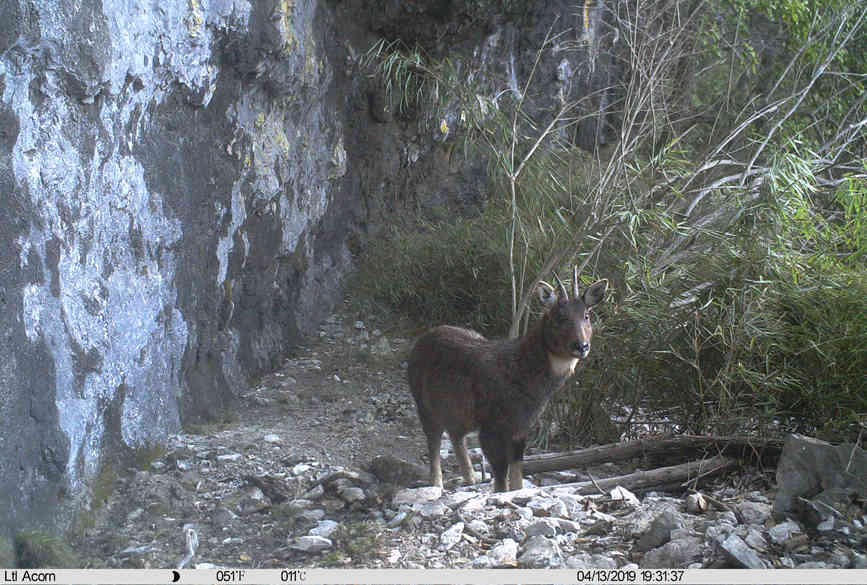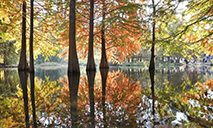Rare and endangered wild species achieve restorative growth in SW China’s Chongqing
 |
| A Naemorhedus goral is spotted in the wilderness in Chongqing. (Photo courtesy of the forestry bureau of Chongqing) |
Southwest China’s Chongqing Municipality said on Nov. 16 that it has made remarkable progress in promoting the restorative growth of rare and endangered wildlife species and has gone all out in strengthening biodiversity protection.
As one of the 34 key biodiversity areas in the world, Chongqing is home to 800 vertebrate species, among which more than 20 are species under first-class state protection and more than 100 are under second-class state protection. The protection rate for national key protected species has reached 90 percent.
Chongqing has put forests, grasslands, rivers and lakes, wetlands and other ecosystems under sound protection, having implemented strict measures to preserve the habitats of rare and endangered species, intensified efforts to protect natural forests, improved its ability to preserve natural protected land, and planned and built natural protected land in a scientific manner.
Chongqing has built 218 natural protected areas that cover a total 1.269 million hectares, accounting for 15.4 percent of the city’s total land area. More than 90 percent of the city’s rare and endangered wild animals and plants, and more than 90 percent of the typical subtropical evergreen broad-leaved forests can be found under sound protection in these natural protected areas.
Chongqing has well-protected mountains, rivers, forests, farmlands, lakes and grasslands, and has stepped up efforts to restore forest ecosystems, lifting the forestry coverage rate to 52.5 percent and bringing the forest stock to 241 million cubic meters.
The city has carried out rescue and protection projects targeting wild animals, such as Francois’ leaf monkeys, forest musk deer and Chinese Mergansers. The Jinfoshan Mountain National Nature Reserve has managed to increase the population of Francois’ leaf monkey to 150 from about 80, having been awarded for carrying out research on such subjects as the artificial insemination of forest musk deer and the training of certain animal species before release back into the wildness.
Thanks to the sound ecological environment, Chinese Mergansers have been overwintering in the Qihe River basin in Chongqing for the ninth consecutive year, with their population having increased from 35 in 2013 to 61 at present.
 |
Photos
Related Stories
- Winter scenery of Wuxia Gorge in Chongqing
- Aerial view of beautiful countryside in Chongqing
- Canadian Youtuber brings Chongqing to the world
- Freight, mail throughput surges at Chongqing airport
- China's Chongqing closes indoor tourist sites, recreational facilities over COVID-19
- 5G technology transforms medical emergency service in SW China's Chongqing
Copyright © 2021 People's Daily Online. All Rights Reserved.










